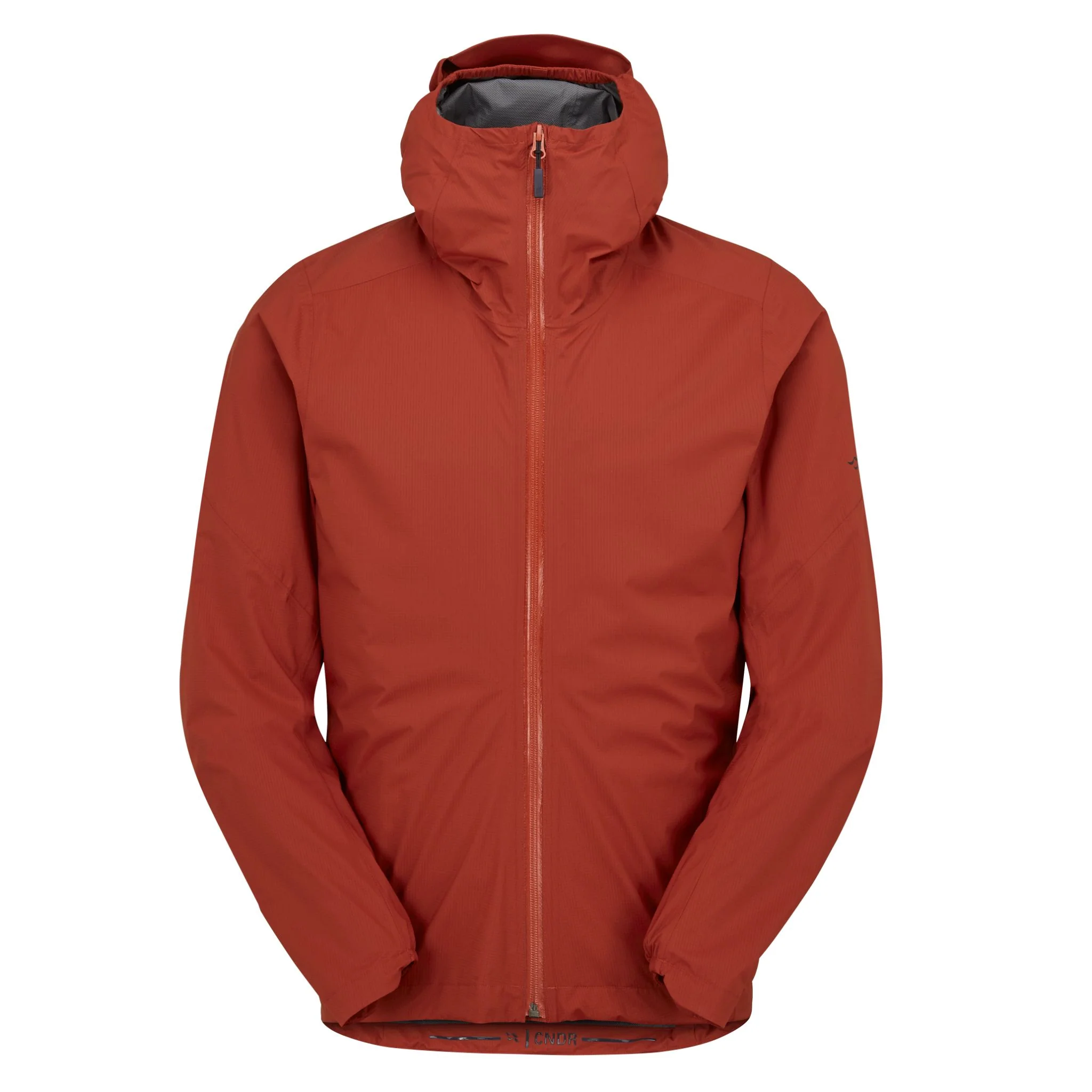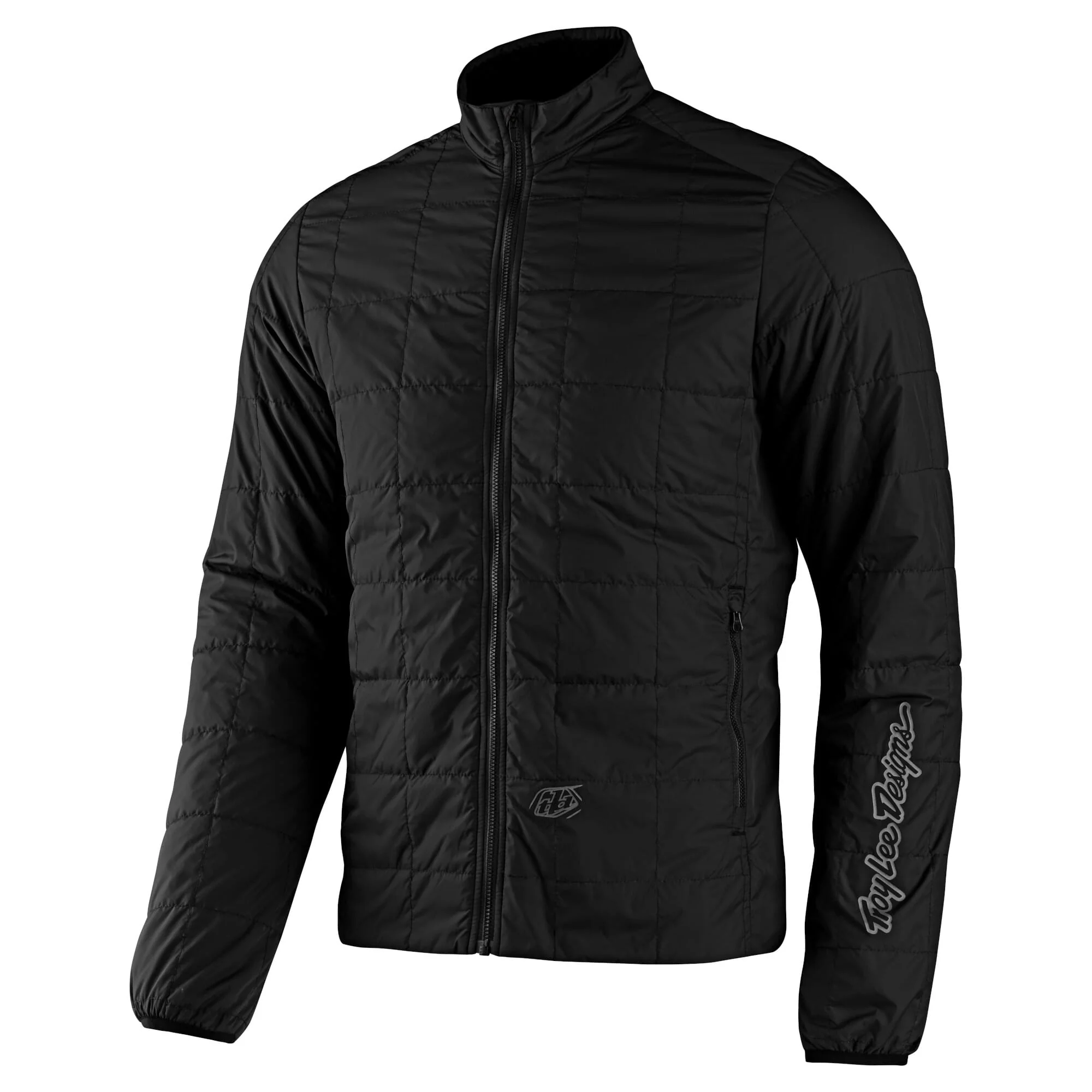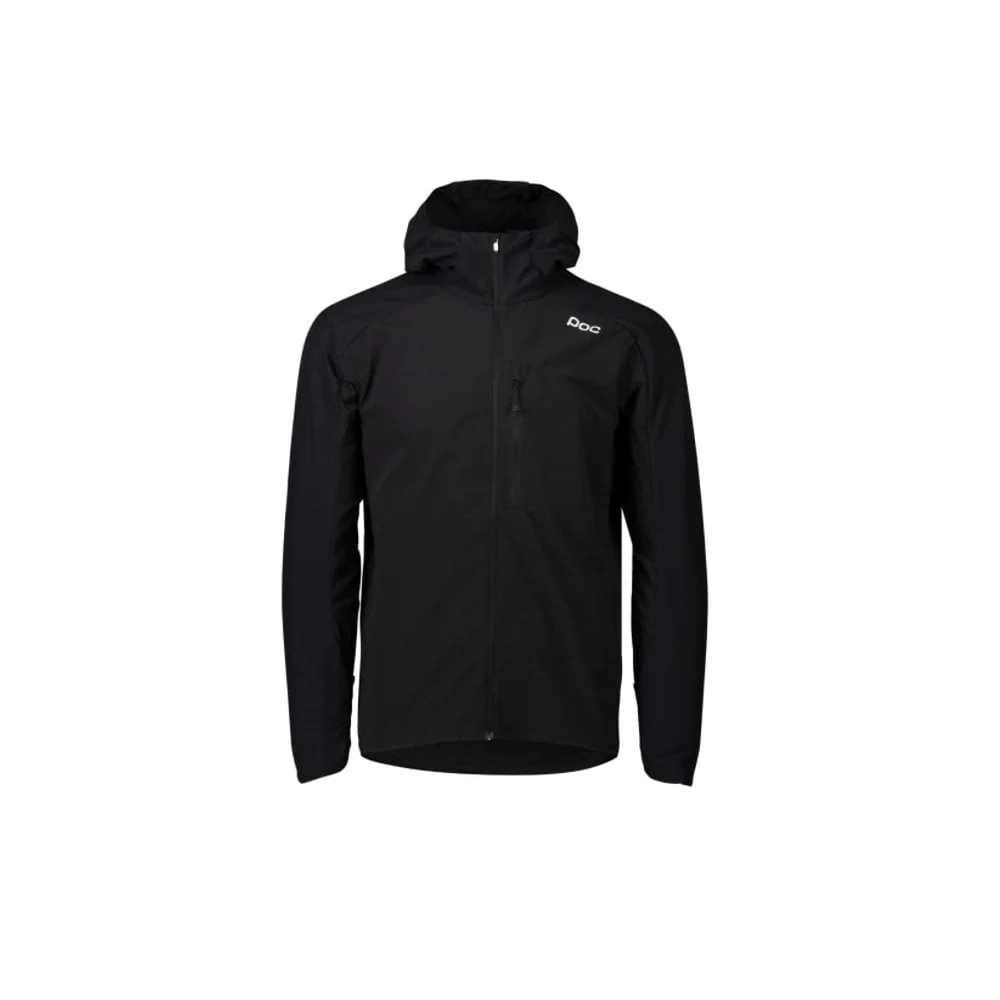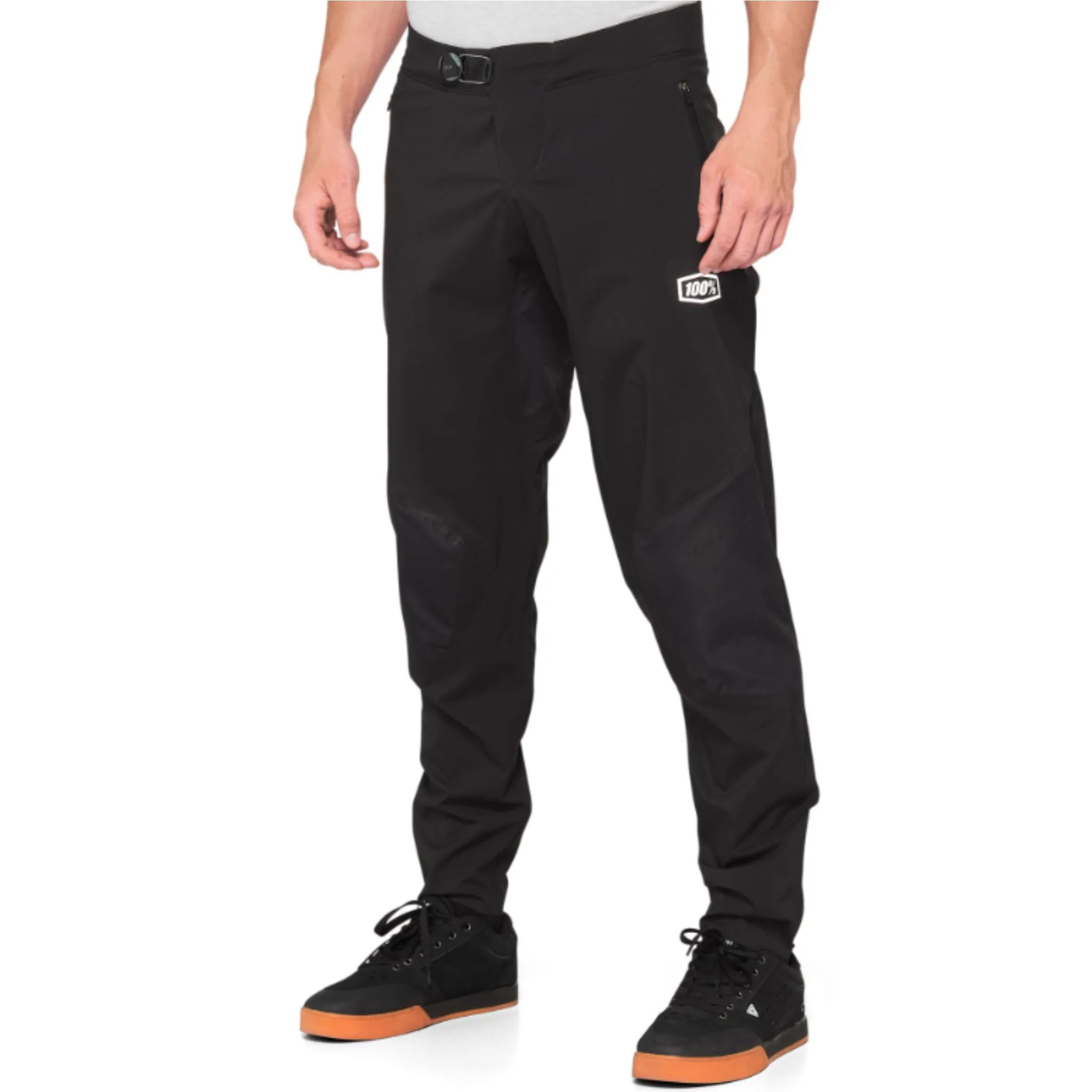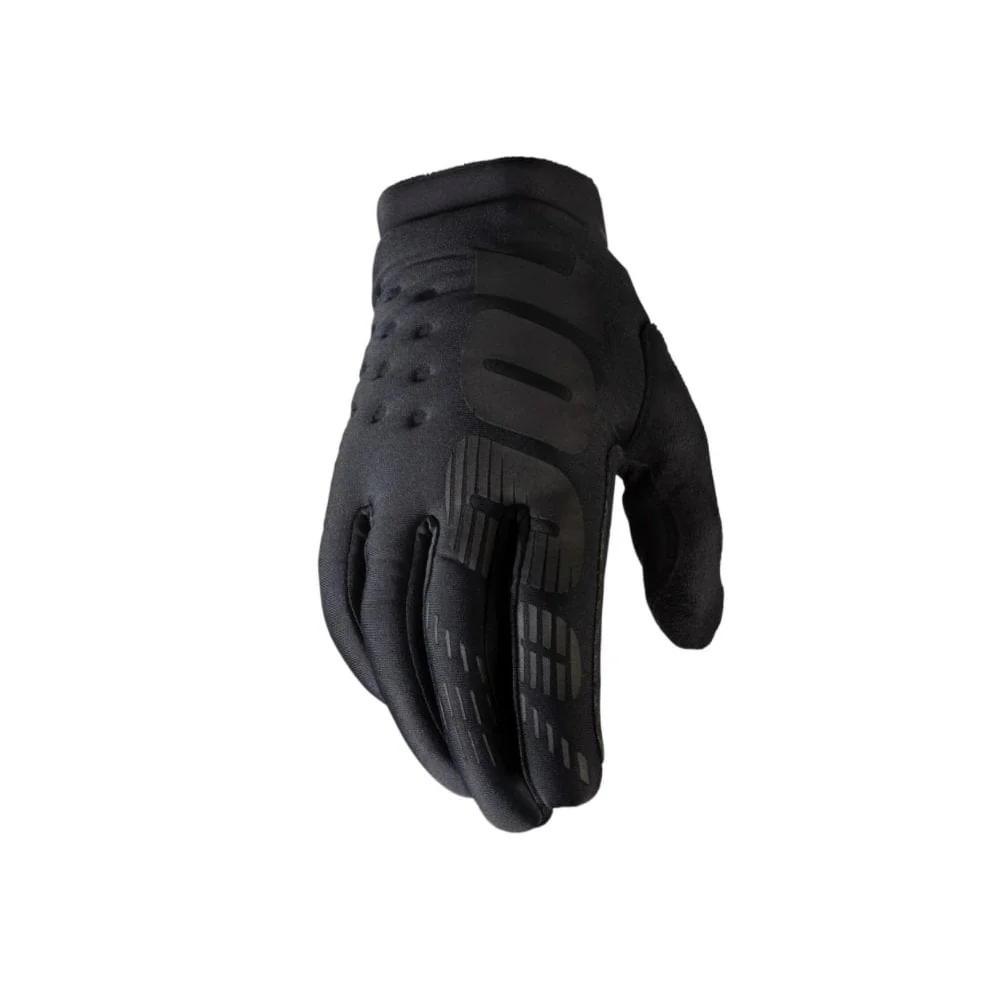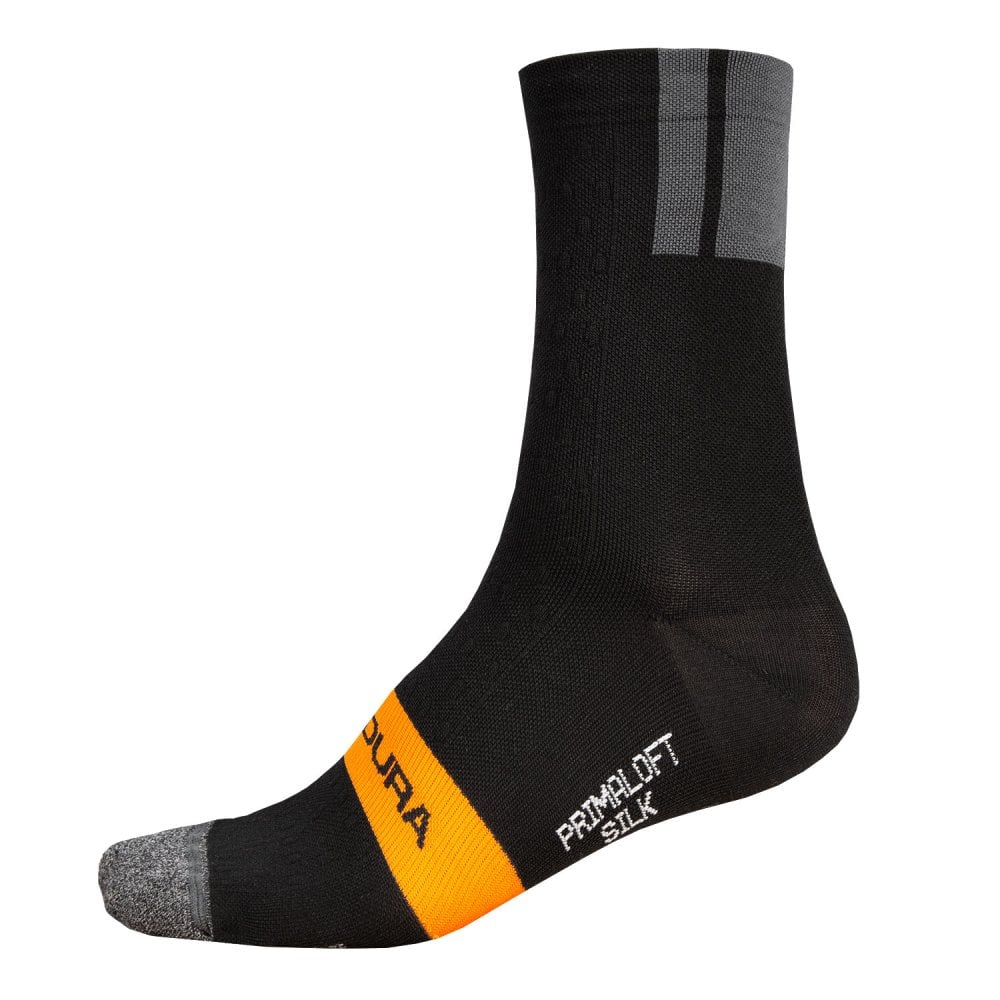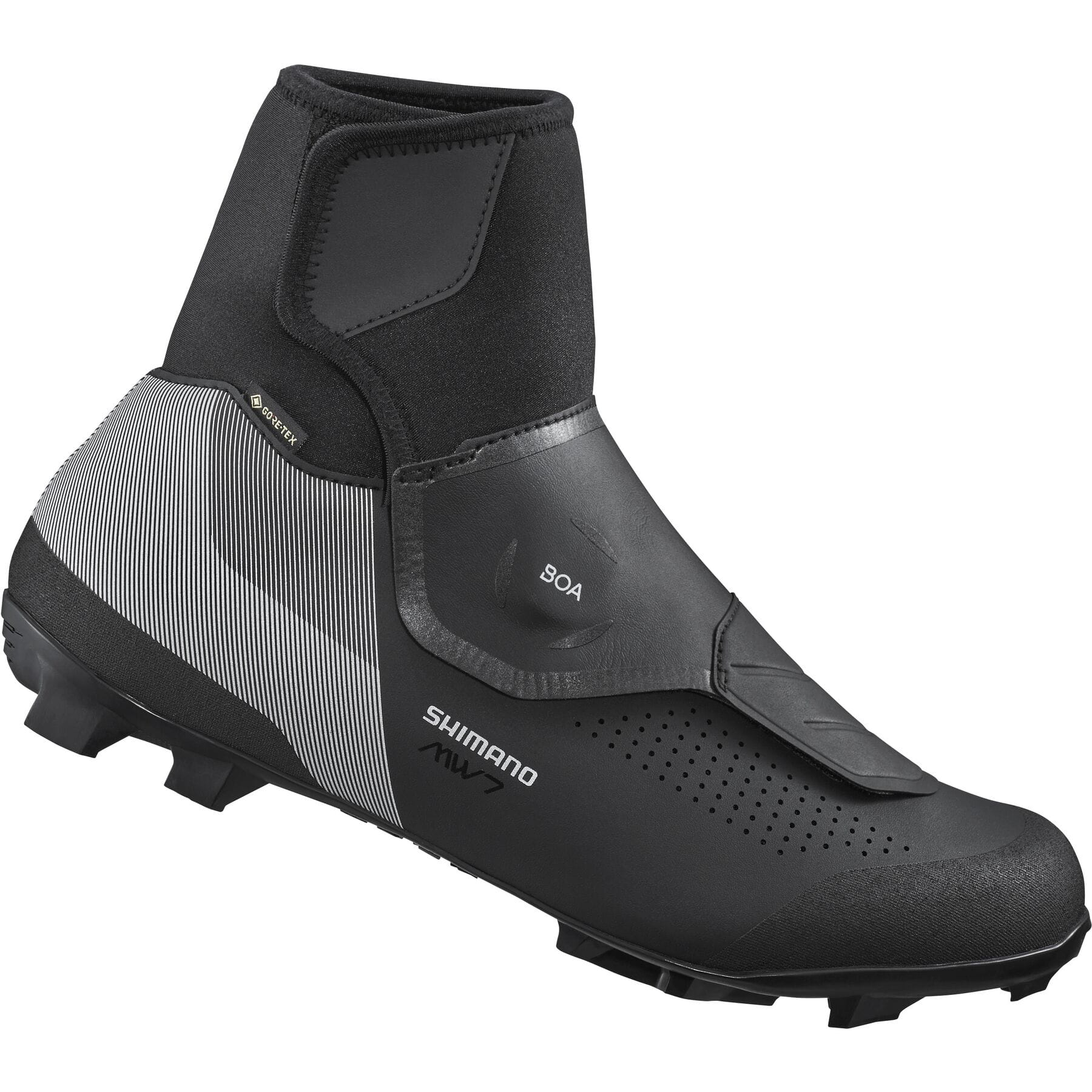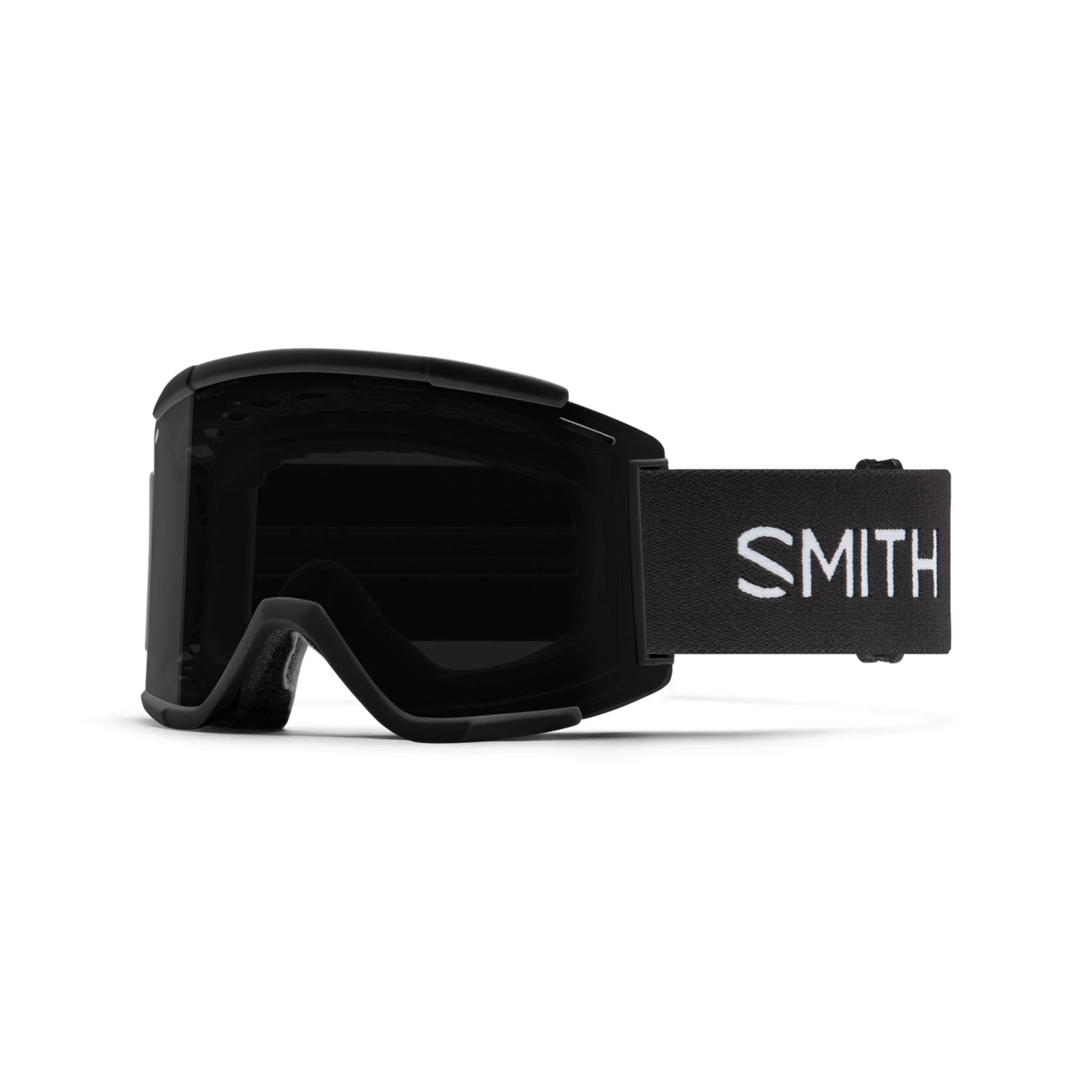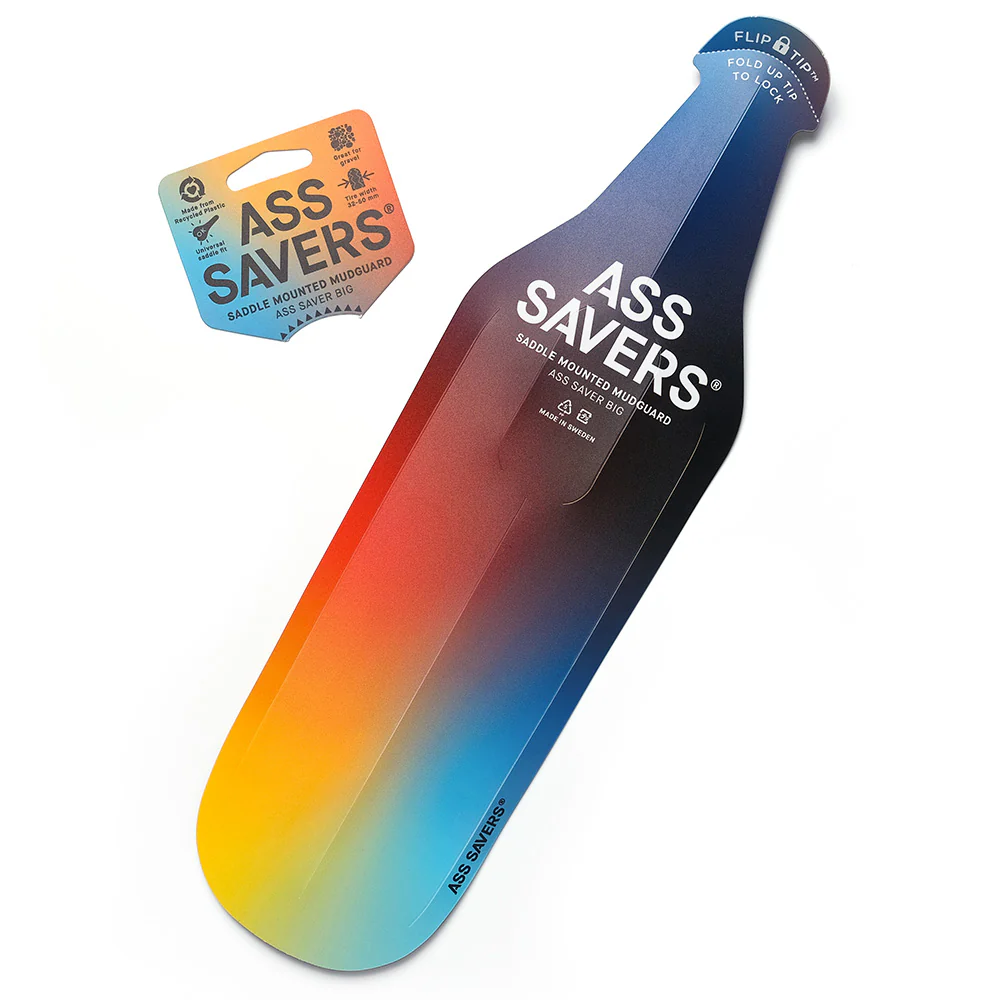Buyer’s Guide for Winter & Wet Weather Mountain Bike ClothingUpdated 9 months ago
Buyer’s Guide for Winter & Wet Weather Mountain Bike Clothing
When the winter months hit and trails become wet, muddy, and cold, having the right gear is crucial for comfort and performance. This detailed guide will walk you through the best clothing choices for tackling wet and cold conditions on your mountain bike.
From base layers to footwear, we’ll cover everything you need to know to keep you warm, dry, and ready to shred, no matter what Mother Nature throws.
Key Factors for Winter & Wet Weather MTB Clothing
Before diving into specifics, here are the essential factors that influence the effectiveness of winter and wet-weather mountain bike clothing:
- Waterproofing – Keeping rain, snow, and mud at bay is crucial. Look for waterproof fabrics with durable water-repellent (DWR) coatings and taped seams.
- Breathability – While keeping water out, you need to release sweat and moisture to avoid overheating and getting damp from the inside.
- Insulation – Effective insulation helps trap body heat without adding too much bulk or restricting movement.
- Fit – A proper fit prevents chafing, keeps warmth in and ensures freedom of movement. Slimmer cuts also work better with layering systems.
- Layering – A good layering system lets you adapt to changing conditions by managing warmth and moisture control.
- Durability – Wet, muddy rides are hard on clothing, so rugged materials and reinforced areas are critical.
Base Layers
Your base layer is the foundation of your cold-weather setup, directly against your skin, responsible for wicking moisture away and keeping you dry. A high-quality base layer ensures sweat doesn’t cool your body as it evaporates, which is critical in cold conditions.
Material Options:
- Merino Wool: Naturally insulating, moisture-wicking, and breathable. Merino wool also has anti-bacterial properties, which helps reduce odours, making it ideal for multi-day riding trips or long rides.
- Synthetic (Polyester/Polypropylene): Synthetic fibres wick moisture away more efficiently than wool and dry quicker, making them better for high-intensity rides where you're sweating heavily.
Key Features:
- Breathability: Base layers need to allow your skin to breathe and let moisture escape.
- Close Fit: A snug fit ensures the fabric can efficiently wick sweat without rubbing or causing discomfort.
- Lightweight Warmth: Your base layer shouldn’t be bulky, but it should still provide insulation.
Top Picks:
- Merino Wool Base Layer: Ideal for longer, colder rides. It excels in maintaining a stable body temperature while staying dry.
- Synthetic Base Layer: Best for high-output rides with lots of sweating due to its superior moisture-wicking capabilities and fast-drying nature.
Mid-Layers
The mid-layer is your primary source of insulation, sitting between your base layer and your outer shell. It traps body heat, providing warmth without restricting movement or causing you to overheat.
Material Options:
- Fleece: Lightweight, breathable, and excellent at trapping heat without being bulky. Look for technical fleeces that offer a balance of warmth and breathability.
- Synthetic Insulated Jackets (Primaloft, Polartec Alpha): For extremely cold days, synthetic insulated jackets offer warmth without excess weight and still retain warmth when wet.
Key Features:
- Breathability: Your mid-layer should offer warmth while still allowing moisture to escape.
- Moisture-Wicking: In cold, wet conditions, sweat can quickly become a problem. Moisture-wicking properties help keep you dry from within.
- Packability: Many riders opt for a mid-layer that can be packed away into a small pocket when not needed, making it versatile for changing weather conditions.
Top Picks:
- Lightweight Fleece Mid-Layer: A fleece jacket or pullover is perfect for mild winter conditions or as an all-day wear layer under a shell.
- Synthetic Insulated Mid-Layer: Opt for something like a Polartec Alpha or Primaloft jacket for a high warmth-to-weight ratio, ideal for sub-freezing rides.
Outer Layer (Jackets)
In wet and wintery conditions, your outer shell’s role is to protect you from the elements—whether that’s rain, snow, or cold winds. A quality jacket is essential to keep you dry, comfortable, and able to focus on the ride.
Material Options:
- Gore-Tex, eVent, or Proprietary Waterproof Fabrics: These are waterproof, windproof, and breathable, designed specifically to keep the rain out while allowing sweat to escape. A fully waterproof jacket (10,000 mm waterproof rating or higher) with high breathability is a must.
Key Features:
- Waterproofing: Look for fully waterproof jackets with taped seams, waterproof zippers, and DWR coatings. The water column rating (measured in millimetres) indicates how waterproof the fabric is—ideally, you want 10,000mm+.
- Breathability: While waterproofing is critical, you’ll also need your jacket to be breathable to prevent sweat from building up inside. Look for pit zips or vented panels to allow air circulation during climbs.
- Adjustability: Features like adjustable hoods, cuffs, and hem closures help to seal out the elements while customizing the fit to your riding conditions.
- Durability: Look for jackets with reinforced panels in high-wear areas like shoulders and arms, especially if you ride in abrasive conditions or with a pack.
Top Picks:
- Gore-Tex MTB Jackets: The gold standard in waterproof, breathable outerwear. Gore-Tex provides superior weather protection while maintaining breathability.
- eVent MTB Jackets: Another high-performance option with excellent waterproofing and slightly lighter construction compared to Gore-Tex.
MTB Trousers / Shorts
Your lower body is exposed to significant splashing from your tyres, making waterproof pants or shorts critical in wet conditions. Choosing between pants or shorts depends on your personal comfort and the severity of the weather.
Material Options:
- Waterproof Nylon or Polyester: Durable, abrasion-resistant, and with a waterproof membrane (like Gore-Tex or similar) to block out moisture.
- Softshell Trousers: Softshell fabrics are water-resistant and breathable, ideal for drier winter days or when you need more flexibility.
Key Features:
- Waterproofing: Full waterproof trousers are essential for wet rides, while water-resistant softshell options can work in milder conditions. Look for taped seams, DWR coatings, and high waterproof ratings.
- Durability: Look for reinforced knees, seat areas, and inner legs to protect against wear from pedalling and saddle contact.
- Fit and Mobility: Trousers should be articulated at the knees to allow for free movement while pedalling. Adjustable waistbands and ankle closures keep your pants snug and prevent water from seeping in.
Top Picks:
- Waterproof MTB Pants: Full-length waterproof trousers are essential for keeping mud and rain off your legs.
- Waterproof MTB Shorts: A great option if you prefer shorts for greater mobility, paired with knee pads for added warmth.
Gloves
Your hands are constantly exposed to the elements when riding, making good winter gloves essential. The right pair will keep your hands warm and dry without sacrificing grip or dexterity.
Material Options:
- Waterproof/Breathable Membranes: Look for gloves made with waterproof membranes such as Gore-Tex or similar technology.
- Insulated Gloves (Thinsulate, PrimaLoft): For cold conditions, insulation is crucial to maintain warmth without excess bulk. Synthetic insulation is often used for its lightweight warmth and moisture resistance.
Key Features:
- Waterproofing: Gloves should have a waterproof membrane to prevent water from seeping in.
- Insulation: Adequate insulation ensures your hands stay warm even in freezing conditions.
- Grip and Dexterity: Gloves should have silicone grips or rubberized palms to maintain control on wet handlebars.
- Touchscreen Compatibility: Many gloves come with touchscreen-compatible fingertips so you can use your phone or GPS without removing your gloves.
- Fit: A close fit is important to maintain dexterity. Avoid gloves that are too bulky as they can impede your ability to brake and shift effectively.
Top Picks:
- Waterproof Winter MTB Gloves: These offer a balance of insulation and waterproofing, with grip control features and touchscreen compatibility.
- Glove Liners: Thin, moisture-wicking liners can be worn inside your primary gloves for added warmth on extremely cold days.
Socks
Cold, wet feet can ruin a ride quickly. Proper winter socks will keep your feet dry and warm by wicking moisture away and providing insulation.
Material Options:
- Merino Wool: Naturally insulating, merino wool offers excellent moisture-wicking and breathability, making it the top choice for winter MTB socks.
- Waterproof Socks: For very wet conditions, fully waterproof socks provide an extra layer of protection, preventing water from seeping into your shoes.
Key Features:
- Moisture-Wicking: Socks should pull moisture away from your feet to prevent dampness and blisters.
- Insulation: Thicker, warmer socks help maintain foot temperature in freezing conditions.
- High-Cut: Opt for socks that rise above the ankle or mid-calf to prevent water from getting in.
Top Picks:
- Merino Wool MTB Socks: Warm, breathable, and moisture-wicking, these are perfect for winter rides.
- Waterproof MTB Socks: For the wettest conditions, these socks offer full waterproof protection while maintaining breathability.
Footwear
Standard MTB shoes may not provide enough insulation or water resistance for cold, wet weather. Winter-specific MTB shoes or the use of overshoes can keep your feet warm and dry.
Material Options:
- Gore-Tex or Waterproof Membranes: Fully waterproof shoes with breathable membranes are essential for wet weather.
- Insulated Linings: Shoes with thermal linings or insulation will keep your feet warm in sub-zero temperatures.
Key Features:
- Waterproofing: Look for shoes with waterproof membranes like Gore-Tex to keep moisture out.
- Insulation: Winter MTB shoes should be well-insulated to retain warmth while still allowing moisture to escape.
- Grip: Winter shoes should have aggressive tread for traction on muddy, slippery terrain.
- Durability: Reinforced toe boxes and soles provide added durability for rugged winter conditions.
Top Picks:
- Winter MTB Shoes: Fully waterproof, insulated shoes that provide warmth and protection from the elements.
- Neoprene Shoe Covers: If you prefer to use your regular shoes, neoprene shoe covers are a great way to add extra warmth and protection from water.
Eyewear
Maintaining clear vision in wet, muddy, or snowy conditions is essential. Proper eyewear protects your eyes from debris, water, and wind.
Material Options:
- Polycarbonate Lenses: These are impact-resistant and come with anti-fog coatings to ensure clear vision.
- Interchangeable Lenses: Lenses that can be swapped out for different light conditions (clear, low-light, or polarized) are ideal for varying weather.
Key Features:
- Anti-Fog Coating: Essential to prevent condensation from obstructing your vision in cold, damp weather.
- Wide Field of View: Ensure the eyewear provides ample peripheral vision to monitor trail conditions.
- UV Protection: Even in winter, UV protection is important to protect your eyes from the sun’s rays.
- Compatibility with Helmets or Caps: Make sure your eyewear works well with other gear you may be wearing.
Top Picks:
- MTB Goggles: Best for extreme conditions, providing full coverage and protection from debris.
- Clear or Light-Tinted MTB Glasses: For overcast, dark, or snowy conditions where visibility is key.
Accessories
A few well-chosen accessories can make a significant difference in your winter riding comfort:
Neck Buffs or Gaiters:
- Purpose: Keep your neck warm and can be pulled up to cover your face during cold descents.
- Material: Merino wool or fleece.
- Top Pick: A lightweight, breathable neck warmer that easily covers your face when needed.
Mudguards:
- Purpose: While not clothing, a mudguard keeps spray from puddles and wet trails from soaking you, helping to keep your clothing drier.
- Top Pick: Front and rear mudguards that fit snugly on your bike and keep debris off your body.
Final Tips for Wet & Cold MTB Riding
- Invest in High-Quality Waterproofing: Don’t skimp on jackets, trousers, and shoes. They are the first line of defence against the elements and can make or break a ride.
- Layering is Key: A solid base, mid-layer, and outer shell combo allows you to adjust to different weather conditions throughout your ride.
- Keep Extremities Warm: Cold hands, feet, and ears will quickly ruin any ride. Focus on insulating these areas without sacrificing mobility.
- Stay Dry Inside & Out: Breathable materials that wick away sweat are just as important as waterproof fabrics that keep the rain out.
With the right gear, riding in winter and wet conditions can be just as exhilarating as hitting the trails in the summer. Keep yourself warm, dry, and comfortable, and the winter trails will become your new favourite playground!
